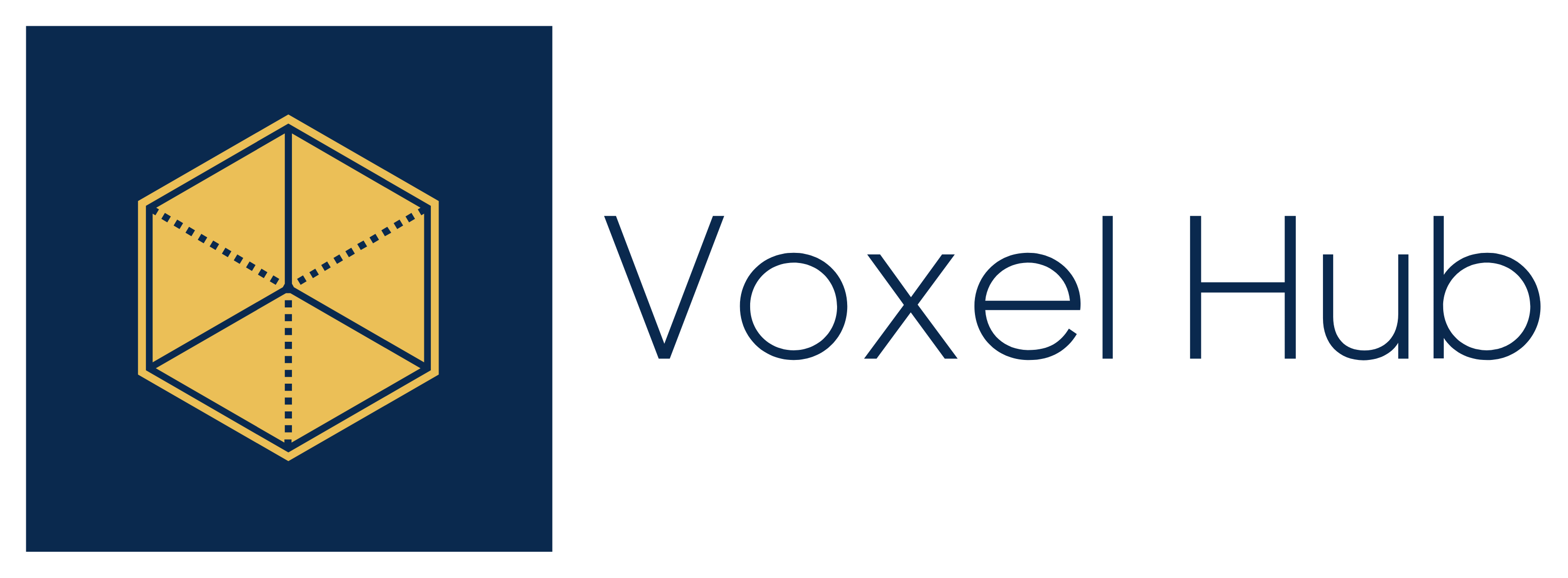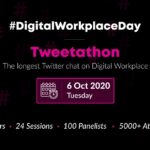Today I would like to share a few personal notes from this week’s Digital Workplace Day 2020 and generally introduce the readers to the idea of the digital workplace – something most of us got to experience as a predominant form of working in 2020.
The Digital Workplace has many definitions, but I like the one suggested by Jean-Michel Lambert because it is simple: “The digital workplace is a working environment, like your physical office or meeting room, but in a digital dimension.”
So why is it important to think about strategic design, challenges and opportunities of the digital workplace, especially this year and for our immediate and more distant future? Because the boundaries of work and other aspects of our lives are blurred, not many people are trained to manage all the relevant transitions, and that may have an impact on our wellbeing. Digital workplaces can indeed be quite complex, but there is already some useful literature about it, so do look around and check it out. This Deloitte report might serve as a good starting point.
According to another recent Deloitte report, in the U.K. alone poor mental health at work costs the local economy up to 45 billion a year while investing in mental health at work means a tangible return of £5 for every £1 – and that in itself presents a pretty solid case.
The Mental Health Foundation offers fantastic resources on the topic, but the idea of digital landscapes in the context of mental health is still relatively new. We will probably see more reports coming out the pandemic times; however, in the meantime, it is worth spending a bit of time exploring the concept and adding the digital workplace to the mix when designing the mental health provision within your company.
So where do we start? I suggest open reflection, discussions, considering the opportunity for change, but also education with online resources and trusted training. Digital Workplace Day provides a great opportunity to start those conversations internally, so here are my three favourites questions to explore (with all my favourite notes saved in this Twitter moment for you).
Let me know if you find them and the mentioned sources useful.

